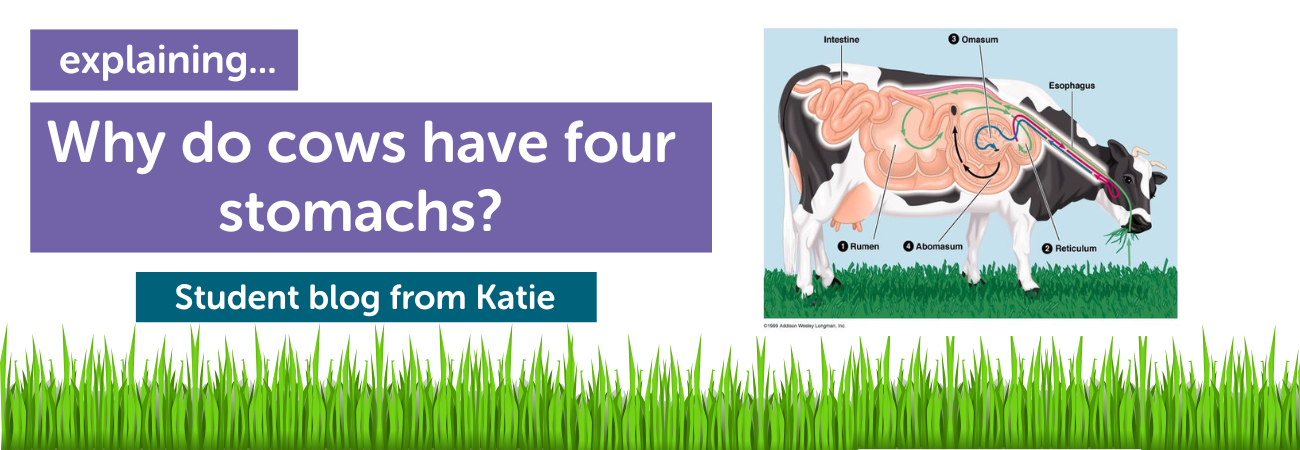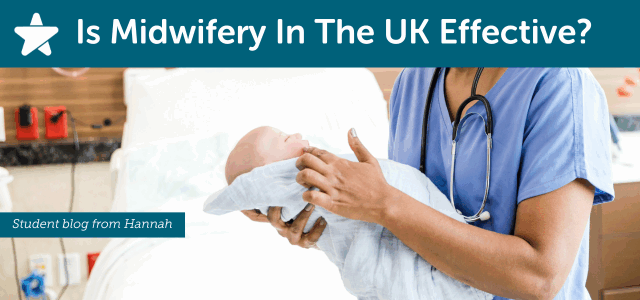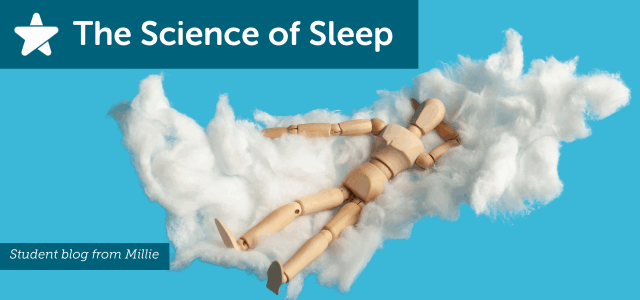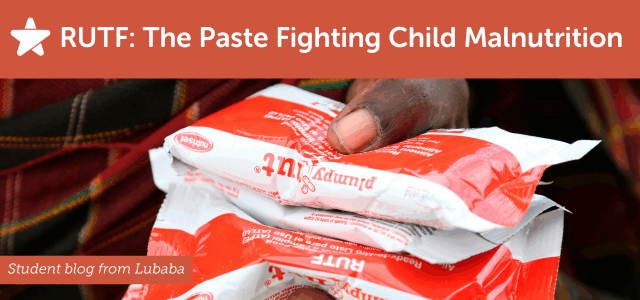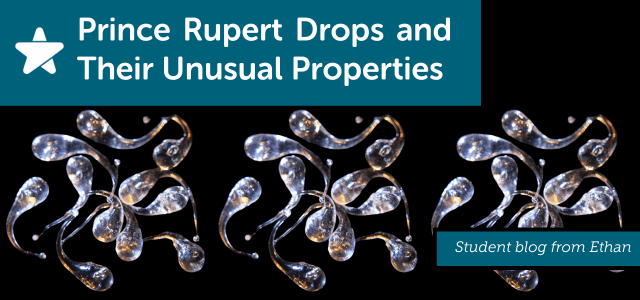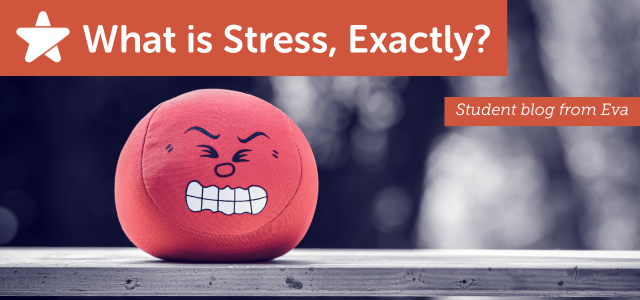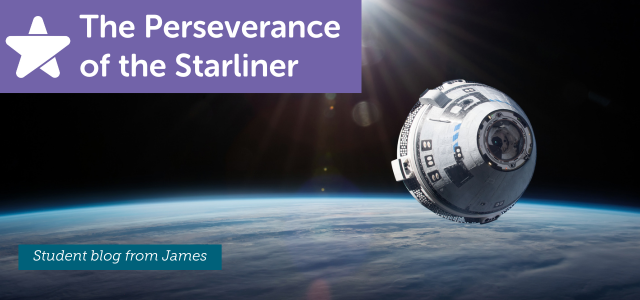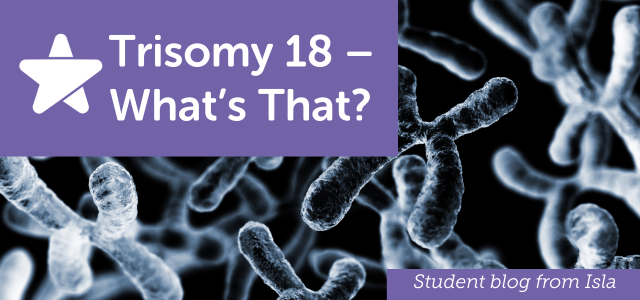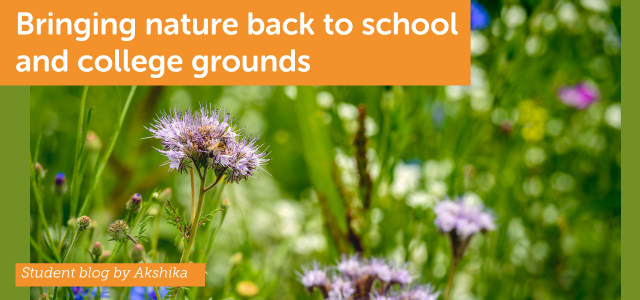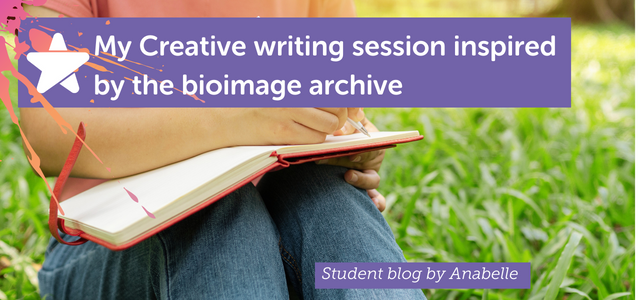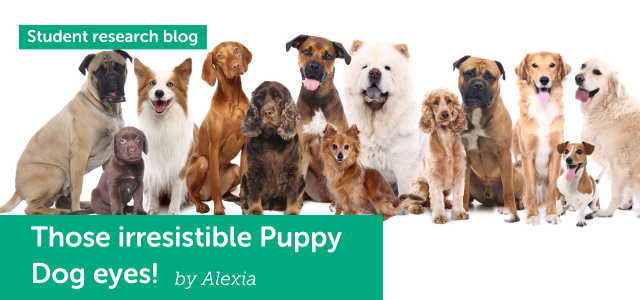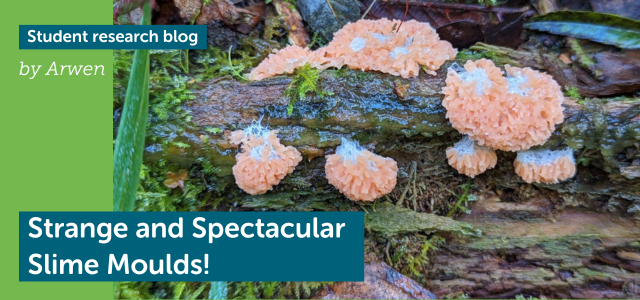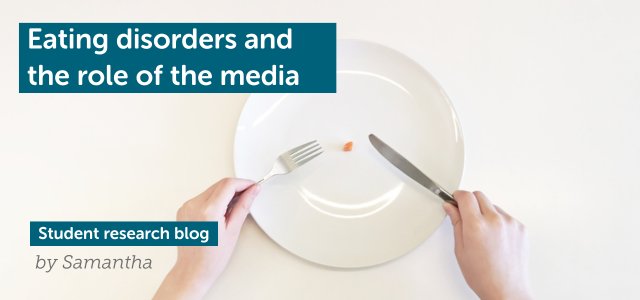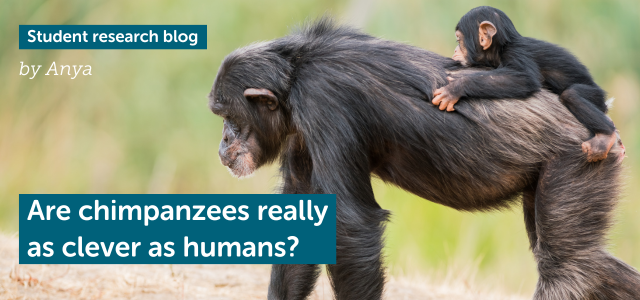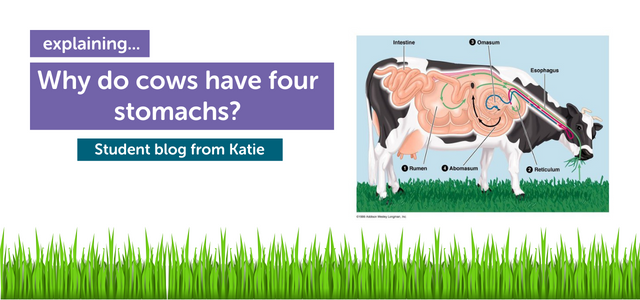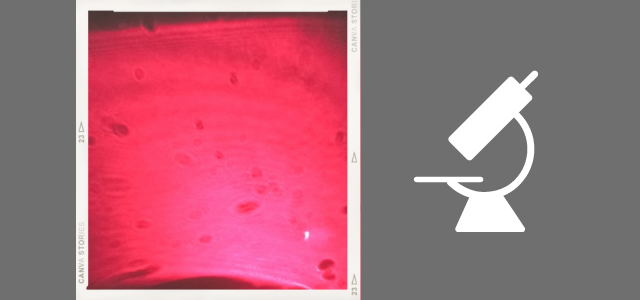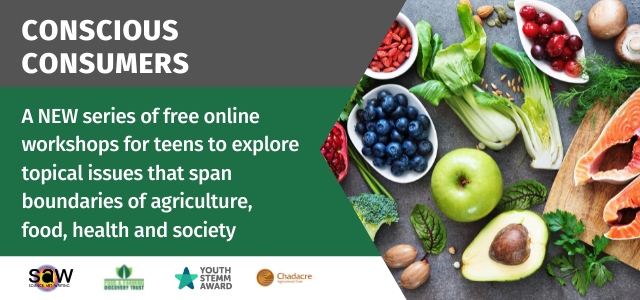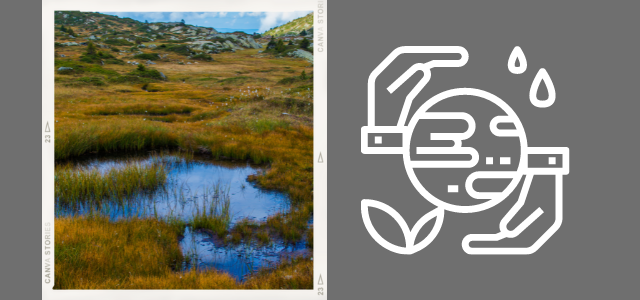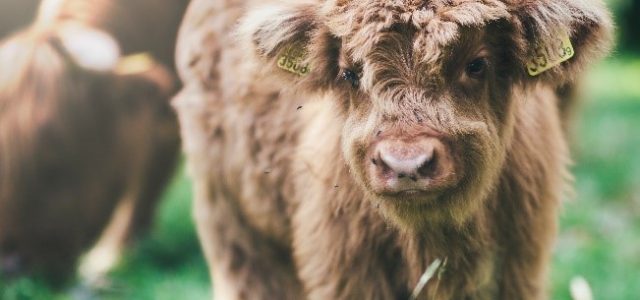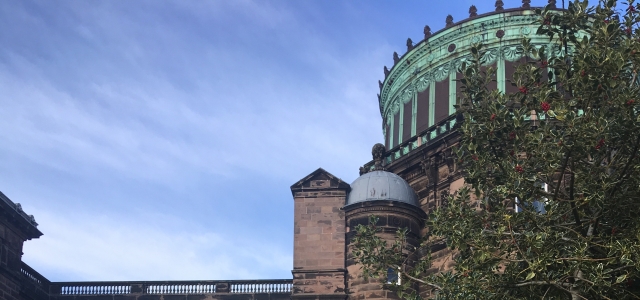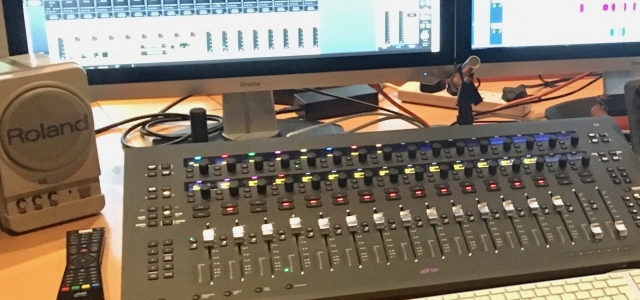Its a fact that many of us might have heard, but is it really true? Bronze award participant Katie has been doing some research to find out if cows really do have four stomachs and if so – why!
Here is the first myth-busting fact, technically cows only have one stomach but it is split into four distinctly separate compartments: the rumen, the reticulum, the omasum and the abomasum. Each compartment has a different role to play in the efficient digestion of food.
The rumen is the first part of the cow’s stomach, it helps to break down complex plant products like grass, of which cows consume large quantities. It therefore follows that the rumen is the largest stomach compartment and can hold up to 25 gallons of material! Microbes located in the rumen help to ferment food as well as produce volatile fatty acids, the cow’s main source of energy. These microbes also produce B vitamins, vitamin K and amino acids. Due to its large size, the rumen also acts as a store for excess or undigested food, providing a source of energy as and when required.
The volatile fatty acids are produced as a result of fermentation in the rumen and they need to be absorbed into the bloodstream so that they can be hydrolysed to release energy. In order to maximise this absorption, it is important that the walls of the rumen have a good blood supply (this also helps aid the absorption of other digestion products). In addition, the walls of the rumen are lined with tiny projections called papillae, used to increase the surface area and maximise the rate of absorption. These papillae can be closely compared to the villi lining the small intestine in the human digestive system.
The cow’s food then moves into the reticulum, a pouch-like structure located close to the heart of the cow. This part of the stomach is often referred to as ‘the honeycomb’, namely due to the complex tissue network structured in a hexagonal way, mirroring the appearance of honeycomb. In the reticulum, the food mixes with the cow’s saliva and produces ‘cud’. Cows burp the ‘cud’ into their mouths and chew it in order to break it down even more. Although this may seem unpleasant to us, it actually aids the cows a great deal in gaining the maximum nutritional benefit from their food.
The omasum is the third stomach compartment and it is where all of the water is absorbed out of the food. The omasum is a globe-shaped structure containing leaves of tissue, almost like pages in a book. The feed material, named ‘ingesta’, situated between the leaves will be much drier than that found in other parts of the stomach as the water has moved out of the digested material via osmosis.
The abomasum is the final part of a cow’s stomach and has a largely similar function to that of the human stomach, using digestive enzymes to break own any remaining feed material. The abomasum is the only stomach compartment that is lined with glands. These glands release hydrochloric acid in order to maintain a slightly acidic pH optimal for the digestive enzymes. Some of the most prominent digestive enzymes in cattle include salivary and pancreatic lipase (responsible for the breakdown of lipids), rennin, pepsin and trypsin (all protein-digesting enzymes), lactase (responsible for the breakdown of lactose) and amylase (a key enzyme in the digestion of starch).
Cows are a crucial part of our world, producing both dairy and meat products. It is vital that cows are able to gain as much nutritional benefit from their food as possible to ensure they live a long and healthy life and that their milk and their meat is as healthy as it can be for us humans. Did you know that sheep, goats and even giraffes also have four stomachs!

